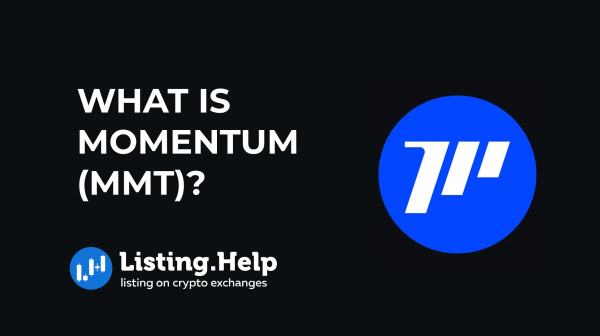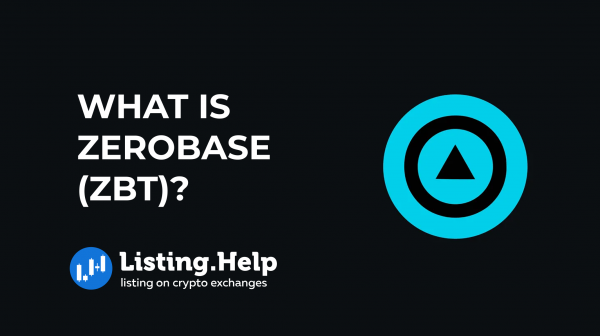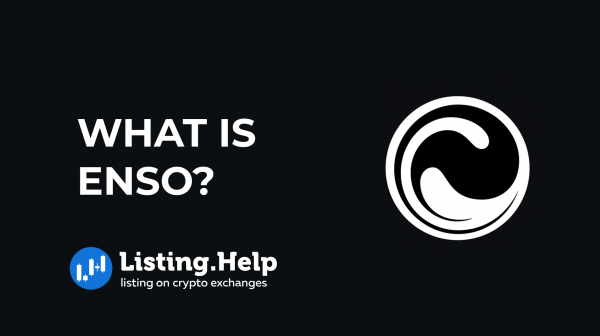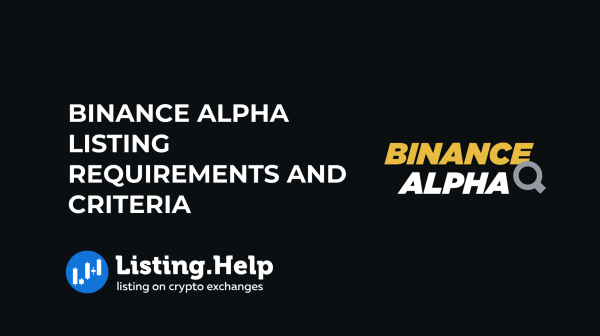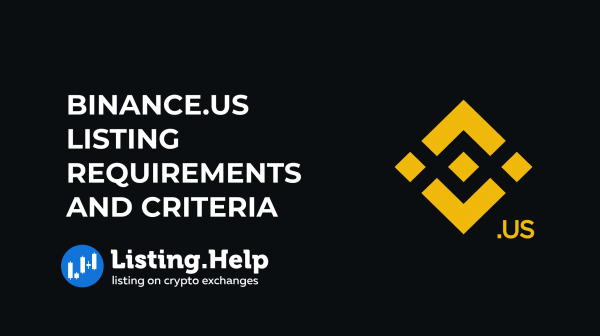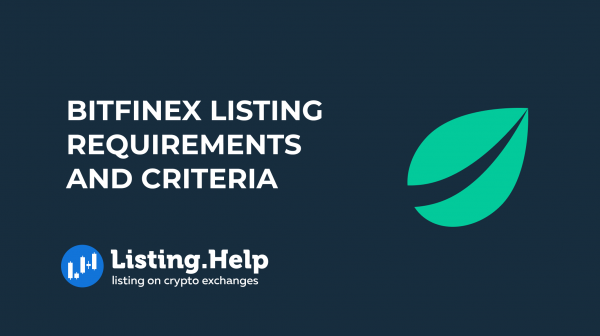What Is Layer 0 in Blockchain? Best Layer-0 Networks
 March 30, 2024
March 30, 2024 Updated: January 27 2025, 07:16
Updated: January 27 2025, 07:16
LEAVE A REQUEST
Launching your own token project? Our experts are ready to help with listing on exchanges, market making, marketing and other solutions
SUBMIT APPLICATIONUnderstanding a blockchain ecosystem can be simplified by likening its components to layers, similar to how Internet protocols are structured. Here’s a breakdown of the layers within a blockchain ecosystem:
Layer 0: This is the foundational infrastructure that supports the creation of various Layer 1 blockchains.
Layer 1: These are the core blockchains where developers create applications, like decentralized apps (DApps).
Layer 2: These solutions help scale by managing transactions off the main Layer 1 blockchains, reducing their load.
Layer 3: This layer includes the actual blockchain applications, such as games, wallets, and DApps.
It’s important to note that not every blockchain ecosystem fits neatly into these layers. Some may lack certain layers, or their components might be classified differently based on the specific context.
Layer 0 protocols are particularly significant as they aim to address the limitations of Layer 1 networks, which often have a rigid architecture. By providing a more adaptable foundational layer, Layer 0 enables developers to create specialized blockchains, enhancing scalability and interoperability.
How Does a Layer-0 Network Work?
Layer-0 networks serve as foundational components linking the tangible world with the intricate levels of blockchain architecture, primarily focusing on enhancing data exchange across Layer-1 and Layer-2 networks to boost overall efficiency and scalability. This enhancement comes from integrating cutting-edge approaches such as sharding and innovative consensus methodologies.
As the fundamental level in the blockchain hierarchy, Layer-0 is pivotal in refining the infrastructure, ensuring smooth data flow and interactions across various blockchain strata.
In the context of blockchain scalability, Layer-0 plays a critical role. It enhances transaction capacity by streamlining data transfer and enabling parallel transaction processing via sharding. This advancement is vital for the broader acceptance and application of blockchain technology.
Key innovations introduced by Layer-0 networks to tackle scalability issues include:
– Sharding: This strategy breaks the blockchain into smaller segments or shards, each capable of independent transaction processing, thereby markedly boosting the network’s overall throughput.
– Unique Consensus Mechanisms: These specialized mechanisms are tailored to scale, ensuring transactions are expedited and congestion minimized.
– Optimized Data Transfer: By refining the communication channels between blockchain layers, Layer-0 minimizes delays and network clogs, contributing to scalability.
– Interoperability: Layer-0 enhances the ability of diverse blockchain systems to interact and transfer data or assets smoothly, distributing the processing burden and fostering scalability.
– Technological Enhancements: Leveraging state-of-the-art technologies allows Layer-0 to achieve significant transaction speeds and reduced latency, addressing key scalability challenges.
What Problems Can Layer 0 Solve?
Layer 0 plays a crucial role in enhancing the way blockchain networks operate by solving key issues like interoperability and scalability, and by offering greater flexibility for developers.
Interoperability is the capacity of different blockchain networks to exchange and use information seamlessly, fostering a more interconnected environment for blockchain applications, which improves user experience. With Layer 0, various blockchains within the same ecosystem can effortlessly interact without requiring specialized bridge mechanisms. This interoperability facilitates the sharing of functionalities and resources, leading to quicker transactions and improved system efficiency.
Scalability is another challenge that Layer 0 addresses. Traditional blockchains, such as Ethereum, often face performance bottlenecks due to the concentration of critical functions within a single layer, causing delays and inefficiencies. Layer 0 mitigates this by distributing these functions across multiple chains, thereby enhancing the network’s ability to handle more transactions and operations efficiently.
For developers, Layer 0 provides a robust foundation with accessible development tools and interfaces, making it simpler to create and deploy specialized blockchains. This environment not only supports innovation but also allows developers to tailor their projects to their specific needs, including customizing token models and the functionalities of their decentralized applications.
Use Cases for Layer-0 Blockchains
Layer-0 blockchains offer a versatile foundation for various industry applications due to their adaptable and robust nature. Here’s a look at some key areas where Layer-0 blockchains are particularly effective:
Tailored Blockchain Frameworks
Layer-0 enables the creation of custom blockchain infrastructures, allowing developers to design networks that align with their unique needs. Networks such as Avalanche and Solana exemplify how Layer-0 can offer the groundwork for building blockchains with specific characteristics, from consensus protocols to transaction velocity and interoperability capabilities. These blockchains are especially useful for sectors requiring rapid transaction execution, such as decentralized finance (DeFi) platforms involved in high-frequency trading.
Facilitating Inter-Blockchain Communication
Layer-0 also plays a pivotal role in enhancing communication between different blockchain networks, fostering a more interconnected blockchain ecosystem. This capability is crucial for projects aiming to transfer assets or information across various platforms, facilitating a smoother and more integrated operation across the blockchain landscape.
Top Layer-0 Blockchain Protocols
Avalanche
Avalanche stands out for its swift and efficient consensus method, enabling rapid consensus among validators. This network is tailored for developers, offering scalability and the capability to handle numerous transactions per second (TPS). With its focus on minimizing transaction confirmation times, Avalanche also promotes interoperability within its ecosystem, allowing for the creation of multiple compatible blockchains. Asset transfer between these blockchains is facilitated through the Avalanche Bridge, enhancing cross-chain interactions.
Solana
Solana introduces an innovative “Proof of History” (PoH) alongside “Tower BFT” consensus, which timestamps transactions for improved efficiency and scalability. This framework allows Solana to process an impressive number of transactions per second while keeping costs low, making it suitable for applications in DeFi and NFTs. With a strong set of development tools, Solana supports cross-chain connectivity, enabling seamless integration with other blockchain networks.
Harmony
Harmony utilizes the “Effective Proof-of-Stake” (EPoS) protocol, balancing security with energy efficiency. By engaging both validators and delegators in the validation process, Harmony achieves a high transaction throughput, supporting a wide array of dApps and smart contracts. The platform’s commitment to scalability is evident in its use of sharding, which allows for concurrent transaction processing and contributes to overall network efficiency.
NEAR Protocol
The NEAR Protocol is built on a decentralized proof-of-stake (PoS) system and leverages sharding for improved throughput and scalability. Its Nightshade technology breaks the network into manageable shards to boost performance. NEAR is designed with a focus on user and developer experience, offering quick transaction finalization times essential for practical applications. Moreover, NEAR is dedicated to fostering cross-chain composability, enabling a fluid exchange of assets and information across various blockchain platforms.
Conclusion
Layer 0 technologies have the potential to address critical industry issues like cross-chain communication and network expansion, offering a foundational infrastructure that could significantly enhance how systems interact and grow. Yet, the definitive impact of these foundational technologies within the blockchain sphere is still uncertain.
As they compete with other innovative solutions targeting analogous challenges, their effectiveness will be gauged by their adoption among developers and the tangible benefits the hosted applications provide to users. The effectiveness of these base layer technologies will ultimately be determined by their capacity to cultivate a dynamic ecosystem where practical solutions can flourish, showcasing clear advantages to the wider blockchain community.

Dive deeper into blockchain layers and other topics on our Listing.Help Blog, where we provide detailed insights and analyses to enrich your understanding of blockchain technology.






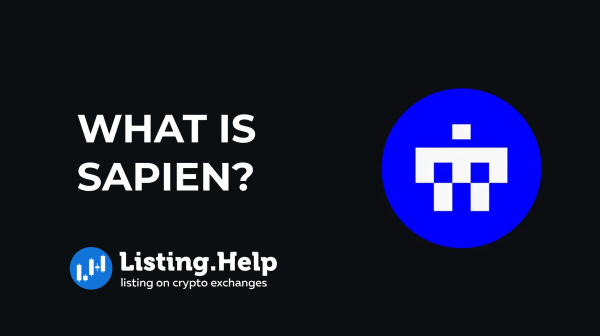
 December 15, 2025
December 15, 2025 
